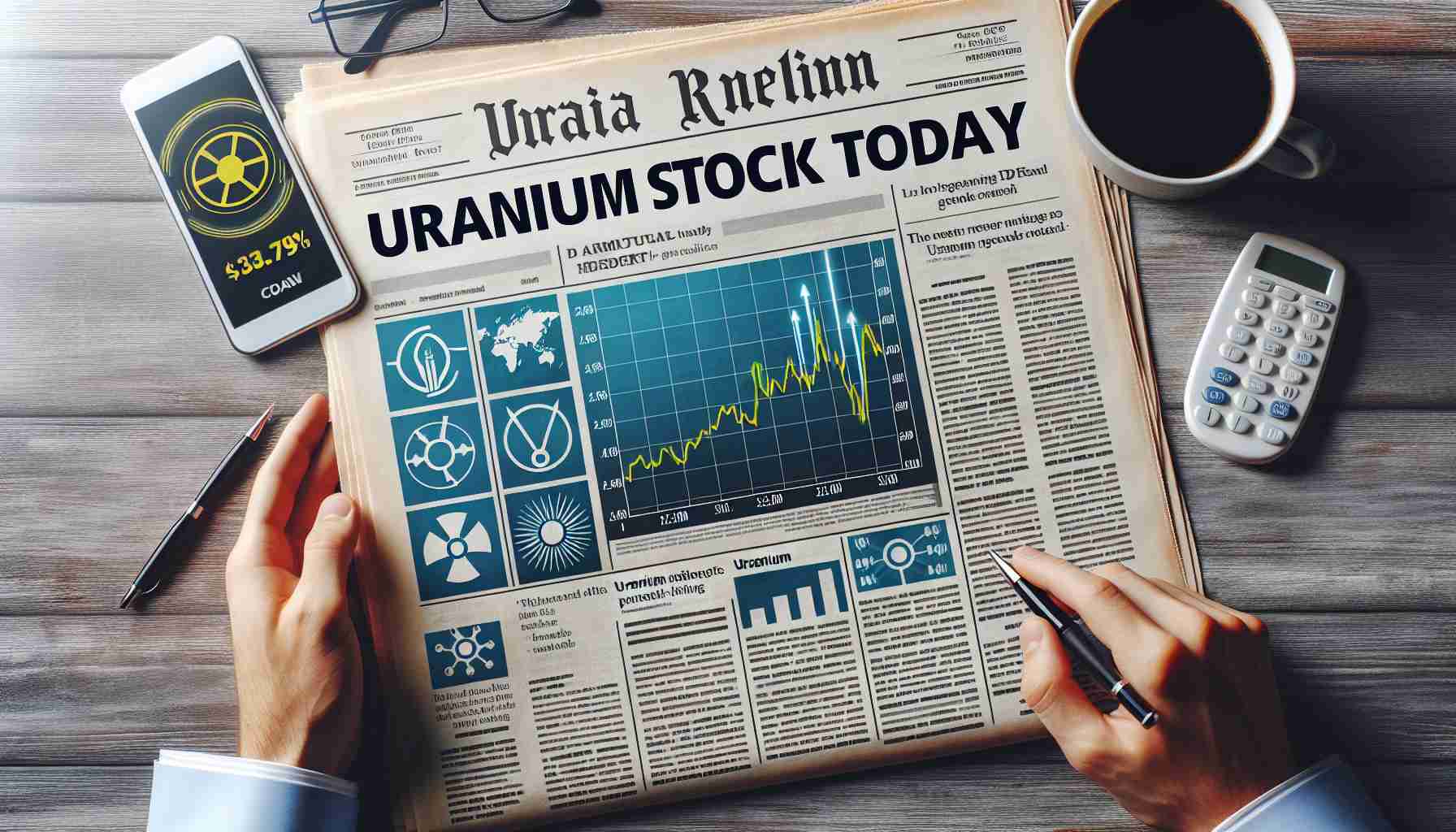Amidst growing concerns over climate change and sustainability, many major companies are investing heavily in renewable energy. But why are these corporations committing billions of dollars to harness the power of the sun, wind, and other renewable sources?
Firstly, the shift towards sustainability is largely driven by the increasing economic viability of renewable energy. Over the past decade, the cost of solar and wind energy has plummeted. According to the International Renewable Energy Agency (IRENA), the costs of solar photovoltaics (PV) have fallen by over 80% since 2010. As a result, investing in renewables is not only environmentally responsible but also economically advantageous.
Secondly, companies are responding to consumer and investor pressure for more sustainable practices. Consumers are more eco-conscious than ever, and businesses recognize the competitive advantage of aligning with green values. Investors, too, are prioritizing sustainable portfolios, urging companies to adopt clean energy to ensure long-term profitability.
Moreover, regulatory frameworks around the world are shifting towards decarbonization. Governments are implementing policies such as carbon pricing and renewable energy targets, creating incentives for businesses to reduce their carbon footprints.
Notable examples like Google, which has pledged to operate on carbon-free energy by 2030, demonstrate the commitment of leading companies to this transition. Similarly, Amazon has become the largest corporate purchaser of renewable energy, intending to power all operations through renewable sources by 2025.
In conclusion, the race towards renewable energy adoption by major corporations continues to gain momentum, driven by economic incentives, regulatory pressures, and the pursuit of sustainability leadership.
The Hidden Impact: How Corporate Investments in Renewable Energy Are Transforming Society
As major corporations pour billions into renewable energy, the ripple effect on society is profound and multifaceted. Beyond the environmental benefits, these investments are reshaping economies, communities, and global dynamics.
How are these corporate investments affecting economies and communities? Companies investing in renewable energy are not just contributing to a greener planet; they are also creating jobs. The renewable energy sector, including wind and solar energy, has become one of the fastest-growing employment sectors globally. This growth is instrumental in revitalizing local economies, providing numerous job opportunities in installation, maintenance, and manufacturing. According to IRENA, renewable energy jobs reached over 12 million globally in 2020.
What are some interesting facts and controversies? Perhaps lesser-known is the fact that while large corporations like Google and Amazon lead the charge, even traditionally non-eco-centric industries, like oil and gas, are pivoting towards greener energy. Companies such as BP and Shell have committed to significant renewable investments, raising eyebrows as they attempt to redefine their identities in a carbon-neutral world.
However, this transition is not without controversy. Critics argue that some companies engage in “greenwashing,” making misleading claims about their environmental efforts to enhance their public image without substantial action. This raises questions about transparency and accountability within corporate sustainability practices.
For further exploration into how renewable energy is shaping the global agenda, visit IRENA and International Energy Agency. These organizations provide valuable insights into the renewables sector’s progress and challenges as businesses and nations strive towards a sustainable future.
























